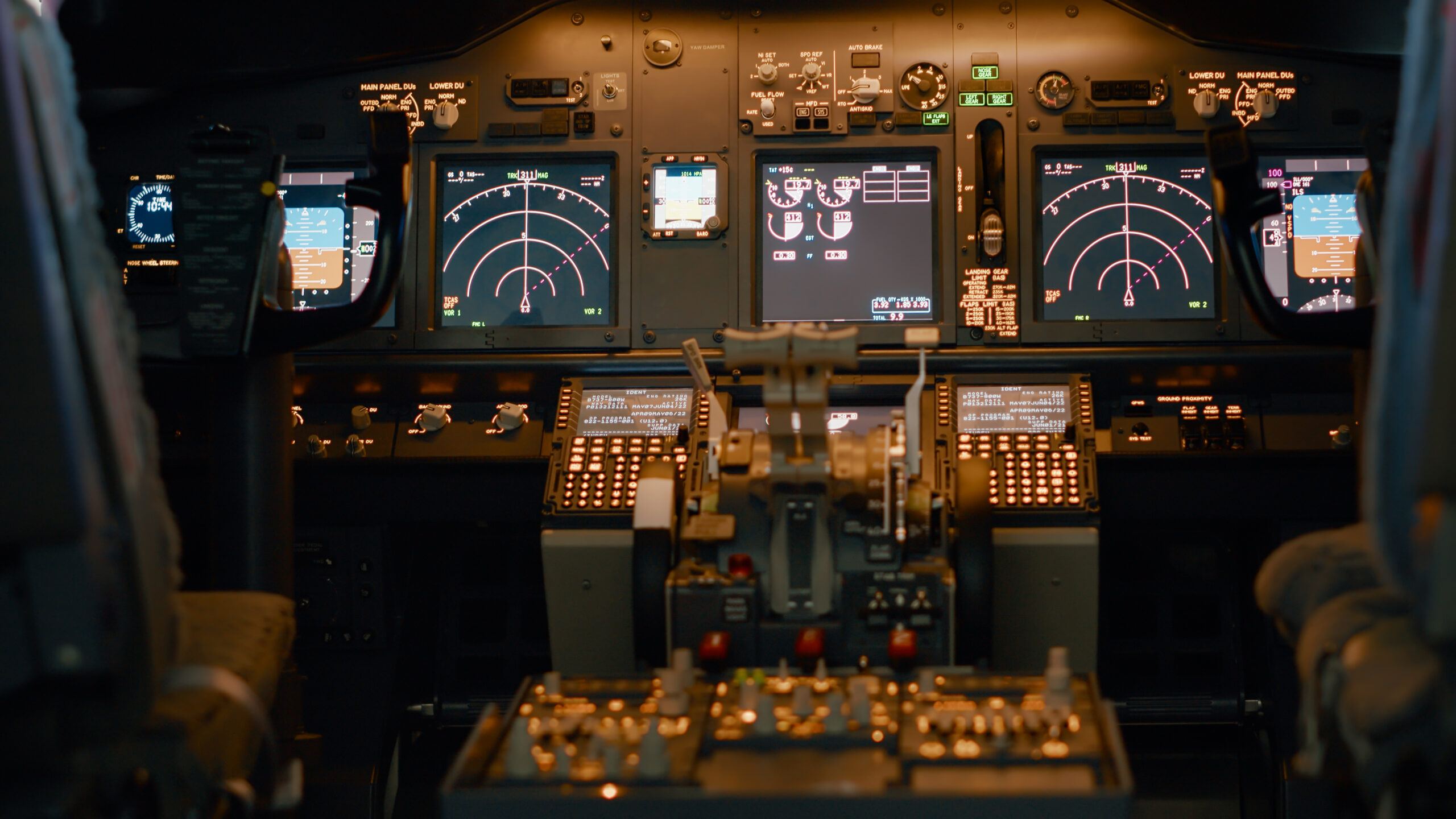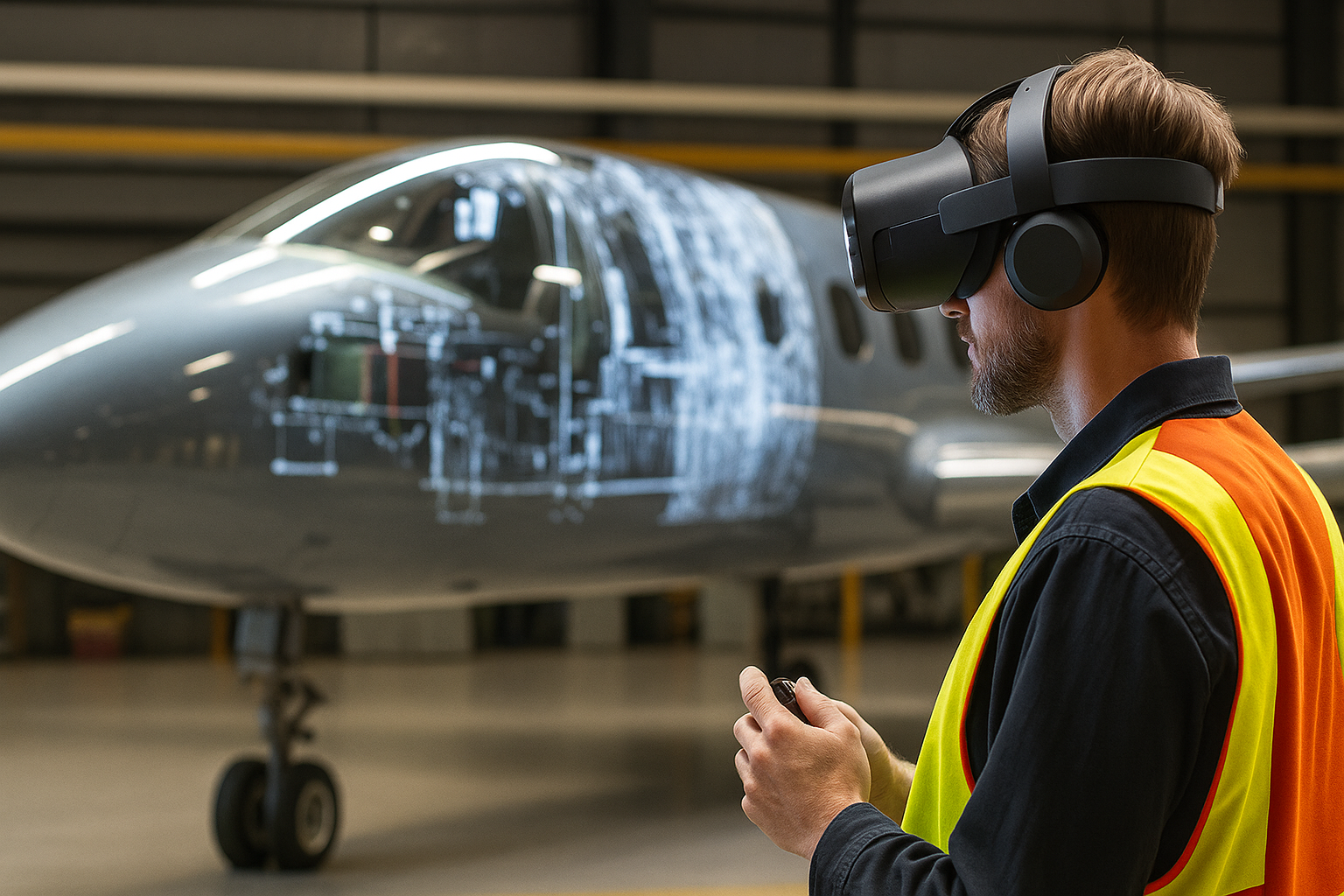Avionics systems have advanced rapidly in recent decades. From analog instruments to digital cockpits, the way information is shared and managed inside an aircraft has transformed. Despite this progress, one thing has remained constant: the need for standards that ensure safety, accuracy, and consistency in communication.
ARINC 724 is one such standard. It has played an important role in flight information systems by defining how data is collected, processed, and communicated within the aircraft. Today, as next-generation avionics bring more automation, smarter displays, and real-time connectivity, the integration of ARINC 724 with these systems has become essential.
This integration allows airlines and manufacturers to benefit from modern advancements while maintaining the reliability of established standards.

The Need for Integration with Next-Generation Systems
Aviation is moving toward greater automation, digitalization, and real-time monitoring. Pilots and operators now rely on more data than ever before to make safe and efficient decisions. However, many aircraft still use systems that were designed around earlier standards, which creates challenges when combining them with new technologies.
Some of the reasons integration is necessary include:
- Growing reliance on real-time data to manage flights effectively
- The need for interoperability between legacy systems and modern avionics
- Ensuring safety while upgrading older aircraft with new capabilities
- Supporting a smoother transition to advanced digital cockpits without disrupting established processes
This makes ARINC 724 an important bridge between proven reliability and the capabilities of future-ready avionics.

Key Areas of Integration
The integration of ARINC 724 with new-generation avionics touches multiple parts of an aircraft system. Some of the key areas include:
- Flight Management Systems (FMS): ARINC 724 provides reliable data flow to enhance navigation, route planning, and optimization.
- Autopilot and Control Systems: Consistent communication supports seamless automation and better monitoring during flight.
- Engine and System Monitoring: Integration ensures that critical data on engine performance and system health is delivered accurately, enabling predictive maintenance.
- Air Traffic Management Systems: By connecting with modern ATC systems, ARINC 724 helps improve coordination between the cockpit and ground control.
- Cockpit Displays: Pilots receive clear and accurate real-time data, improving situational awareness and decision-making.
Together, these integrations create a unified environment where both legacy and modern systems work in harmony.

Benefits of Integrating ARINC 724 with Modern Avionics
The integration of ARINC 724 with advanced avionics brings a range of benefits for both operators and pilots:
- Improved reliability: Standardized communication ensures accurate and consistent data flow.
- System interoperability: Smooth connection between older and newer systems enhances overall efficiency.
- Enhanced situational awareness: Pilots gain access to real-time information that improves safety and confidence.
- Cost efficiency: Integration allows airlines to extend the usability of proven standards without replacing entire systems.
- Support for modernization: Enables a step-by-step transition from legacy equipment to modern digital solutions.
These benefits make integration not just a technical upgrade but also a strategic move for the aviation industry.

Conclusion
The aviation industry thrives on a balance between innovation and safety. While next-generation avionics promise advanced capabilities, they must work hand in hand with existing standards that have been tested and proven over time.
Integrating ARINC 724 with modern avionics ensures that aircraft remain reliable while embracing new technologies. It strengthens safety, improves efficiency, and prepares aviation for the future without compromising the trust that has been built over decades.



